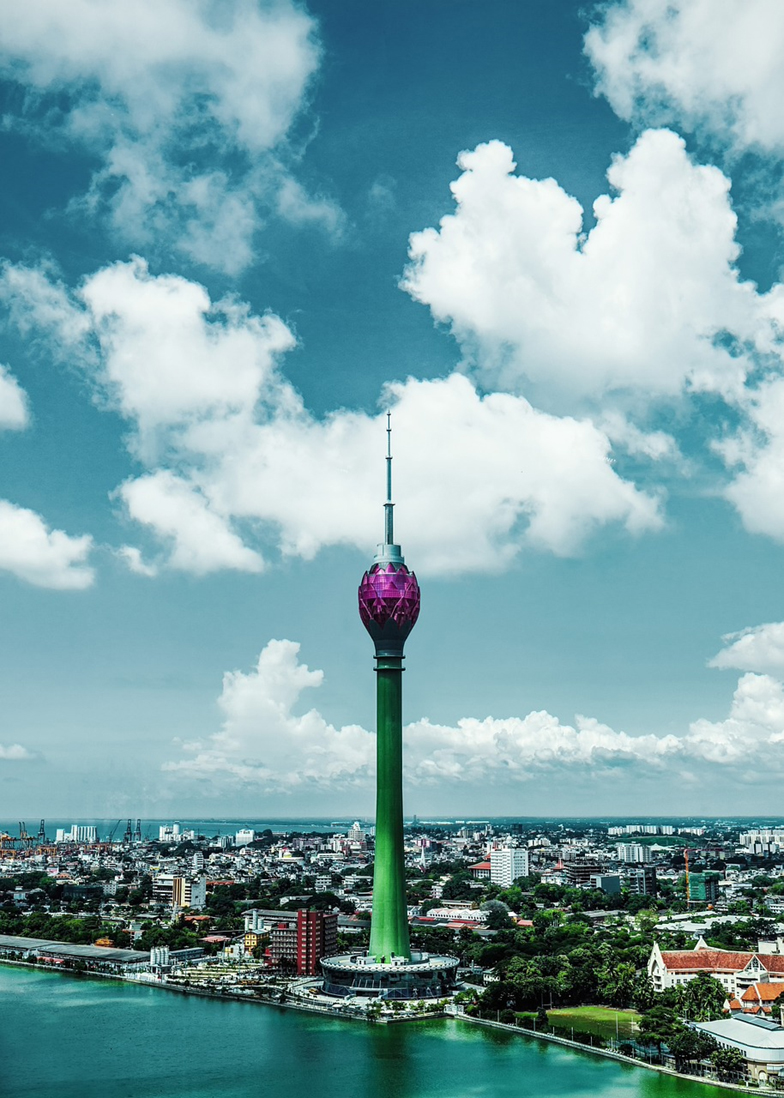Explore Colombo, the vibrant metropolis and commercial hub of Sri Lanka, situated on the country’s western coast. Two millennia ago, traders and merchants were familiar with Colombo because of its expansive harbor situated at the mouth of the Kelani River.
Colombo, a city rich in culture, history, and ethnic diversity, is a blend of old and new, with opulent hotels and office towers, magnificent Buddha temples, and vibrant street markets. Take a walking tour of the old Fort and Pettah districts to get a sense of the city’s varied cultures. See the famous Gangaramaya Temple in Colombo, which combines Thai, Chinese, and Sri Lankan architectural styles. Visit the National Museum to learn about Sri Lanka’s past. Savor a thrilling trip around the city in a tuk tuk. Treat yourself to an oil cake (kevum) made with rice flour and deep-fried, or try aluwa, a potato or rice flour pastry stuffed with cashew nuts, cardamom, and treacle, and served with Ceylon tea, after a long day.
Places to Visit
Fort
The heart of Colombo’s financial and business district. In addition, it has a large number of offices, banks, government buildings, hotels, and historic structures. The President’s House, Presidential Secretariat, Bank of Ceylon, Colombo Stock Exchange, World Trade Center, Old Colombo Lighthouse, St. Peter’s Church, Old Colombo Dutch Hospital, and Grand Oriental Hotel are a few of the city’s notable landmarks.Fort: The heart of Colombo’s financial and business district. In addition, it has a large number of offices, banks, government buildings, hotels, and historic structures. The President’s House, Presidential Secretariat, Bank of Ceylon, Colombo Stock Exchange, World Trade Center, Old Colombo Lighthouse, St. Peter’s Church, Old Colombo Dutch Hospital, and Grand Oriental Hotel are a few of the city’s notable landmarks.
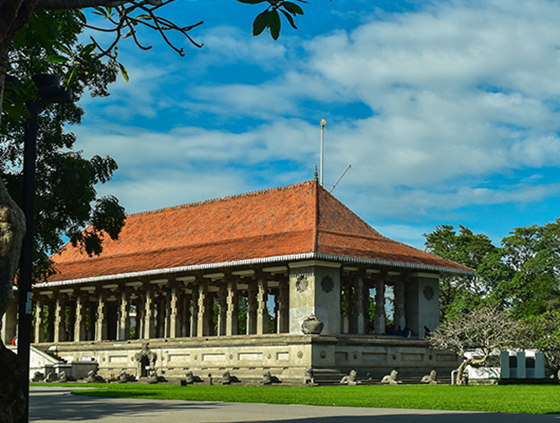
Pettah
A community well-known for its marketplace. Discover the vibrant and active Pettah Market, which consists of several outdoor bazaars and markets. Try some flavorful street cuisine, purchase fresh produce and herbs, and taste exotic spices. Wolvendaal Church, Khan Clock Tower, Columbia Dutch Museum, Jami Ul-Afar Mosque, Sri Muthu Vinayagar Swamy Temple, Old Kathiresan Temple, and St. Anthony’s Church are a few more noteworthy landmarks.
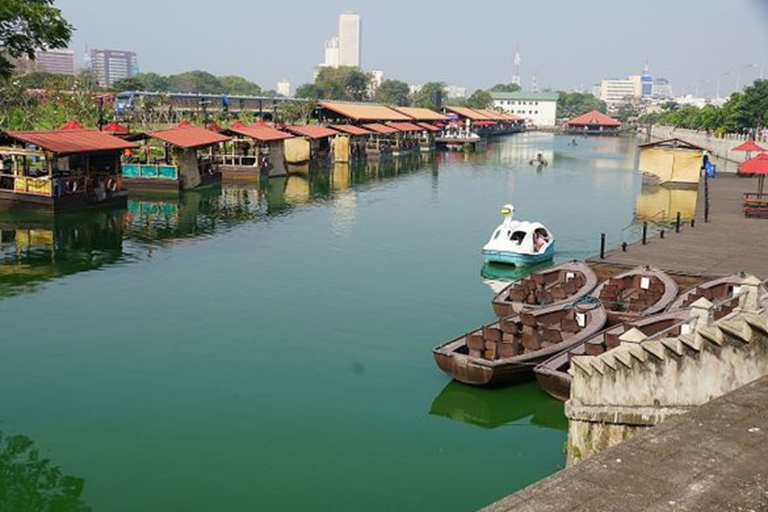
Dutch Hospital
The Dutch Hospital in Colombo is one of the oldest buildings in the city, originally constructed by the Dutch during their colonial period in Sri Lanka. Located in the heart of the Fort area, this historic structure dates back to the 17th century and was initially used as a hospital for the Dutch East India Company. The building is a prime example of Dutch colonial architecture, featuring thick walls, high ceilings, and a unique layout designed to facilitate airflow, essential for a tropical climate.Today, the Dutch Hospital has been beautifully restored and repurposed as a vibrant shopping and dining precinct. It is home to a variety of high-end boutiques, jewelry stores, cafes, and restaurants, making it a popular spot for both locals and tourists. The central courtyard and open-air seating areas provide a charming atmosphere, blending historical significance with modern luxury.

St. Anthony’s Church Kochchikade Colombo
St. Anthony’s Church in Kochchikade, Colombo, is one of Sri Lanka’s most revered and historic Roman Catholic churches. Located in the bustling area of Kochchikade, it is renowned not only as a place of worship but also as a symbol of unity and peace among people of different faiths. The church is dedicated to St. Anthony of Padua, a beloved saint known for his miracles and compassion. The origins of St. Anthony’s Church date back to the early 19th century when a group of Catholic fishermen built a small chapel on the site. The church was officially established in 1828, and over the years, it has grown in size and significance. The current structure, with its distinctive architecture, was completed in the late 19th century.
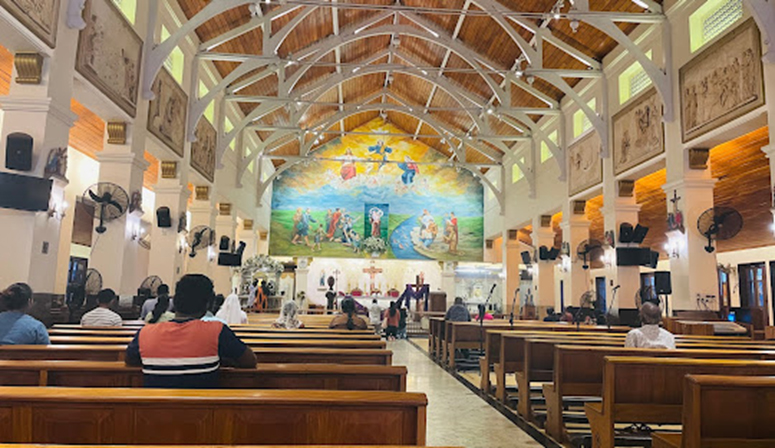
Gangaramaya Temple
Learn about one of Colombo’s oldest Buddhist temples. A blend of Chinese, Indian, Thai, and Sri Lankan architectural styles can be seen in the temple. It is both a center of learning and a place of worship for Buddhists.
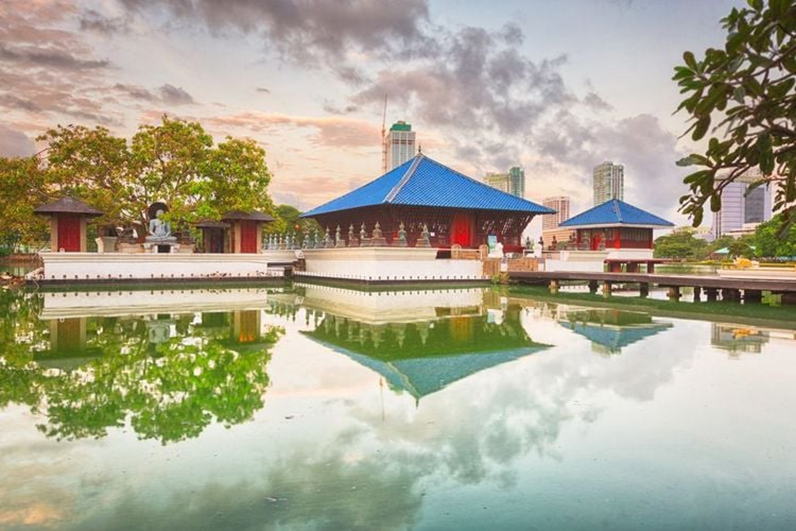
National Museum
It is the biggest museum in Sri Lanka and is referred to as the Sri Lanka National Museum. Sir William Henry Gregory, a former British governor of Ceylon, founded it in 1877. This ancient museum showcases artwork and sculptures from Sri Lanka’s past, encompassing items from the colonial era. The Kandyan monarchs’ throne and crown are also kept there.
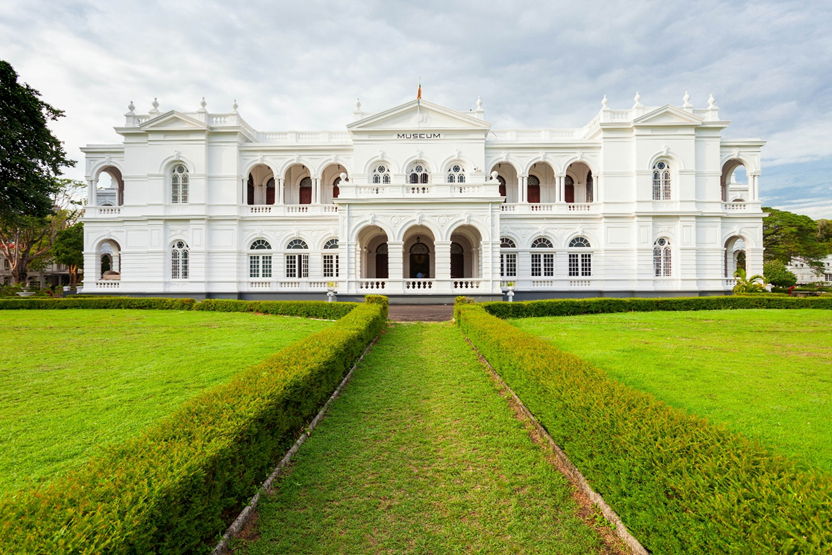
Galle Face Green
Take a stroll through this charming 5-hectare urban park with views of the Indian Ocean, situated right in the center of the city. The Galle Face Green was first used for horse racing in the early 1820s, and British expatriates brought golf to Sri Lankans in 1879. It’s a well-liked gathering place and destination for kids, vendors, kite flyers, and revelers these days.
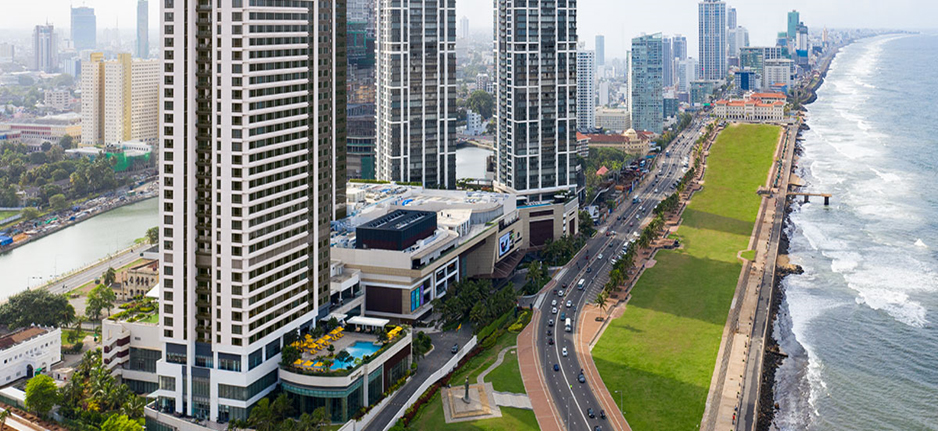
When to visit
Two alternating monsoon seasons control the island nation of Sri Lanka. It’s best to plan ahead and find out which region of the country will be dry when you visit. However, since sunny days and clear blue skies are possible even during the rainy season, it can be considered a year-round vacation spot.
High Season (December to March)
The busiest and driest beaches are in the Hill Country and on the west and south coast.
The East, North, and ancient cities are kept wet by the Maha monsoon season, which runs from October to January.
Shoulder (April and from September to November)
In the nation, the best months to expect good weather are April and September.
An ideal time to explore without any plans.
Low Season (May to August)
Rainfall is brought to the Hill Country, west and south coasts during the Yala monsoon season, which runs from May to August.
The North and East have the best weather.

